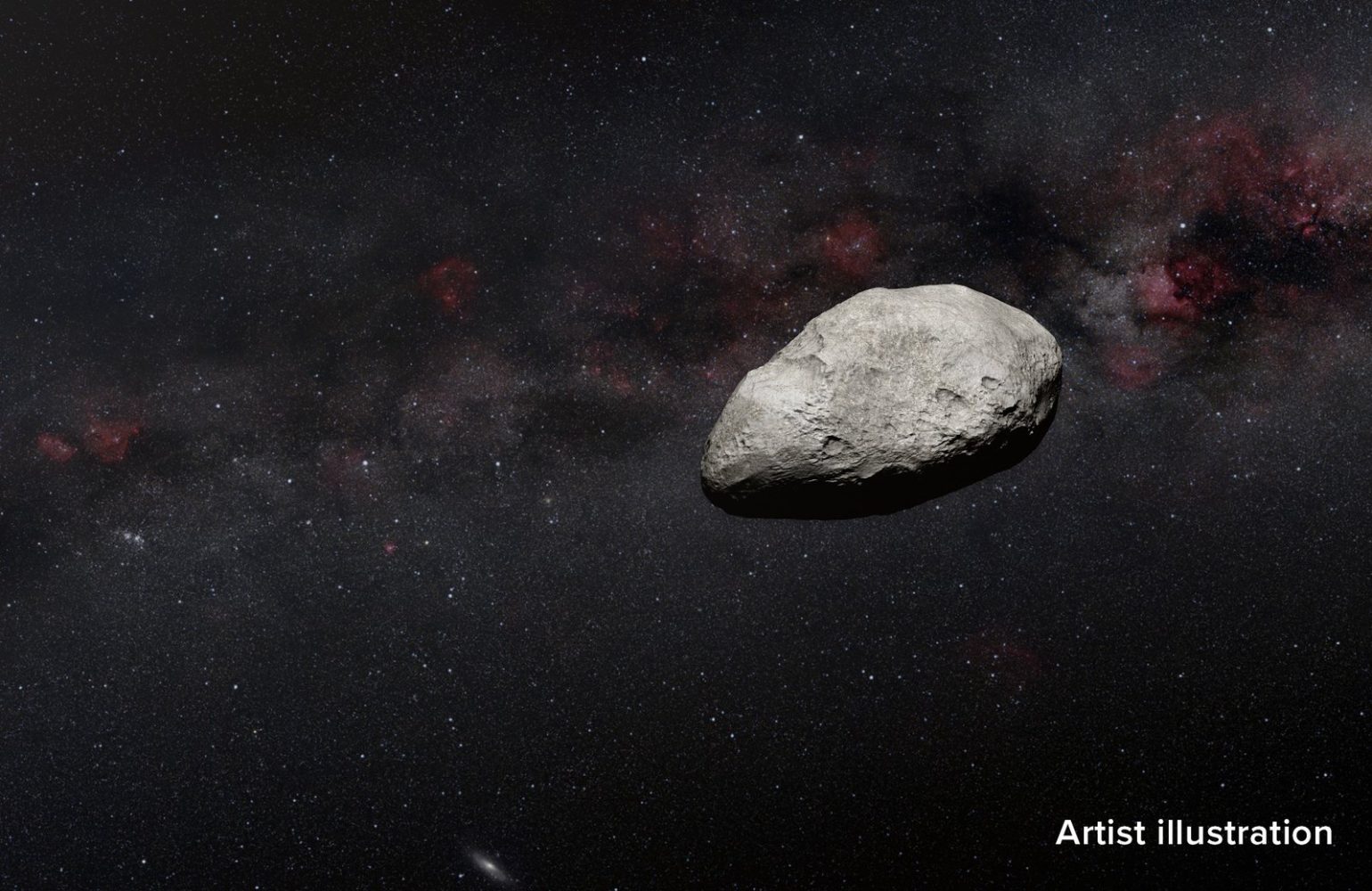
A potentially Earth-threatening space rock has been detected by a new artificial intelligence algorithm programmed to find asteroids that come dangerously close to our planet.
The newly discovered near-Earth asteroid designated 2022 SF289 is the first Potentially Hazardous Asteroid (PHA) to be identified with the new HelioLinc3D algorithm, let alone artificial intelligence.
The rock in question is about 600 feet (183 meters) wide, almost the size of two soccer fields, and is expected to pass Earth within 140,000 miles (225,000 kilometers). Considering Earth and the Moon are, on average, 238,855 miles (384,400 kilometers) apart, this can be pretty alarming. Though it is classified as potentially hazardous, that doesn’t mean it’s inevitable that it will impact Earth in the future.
How the near-Earth asteroid AI works
As with any form of artificial intelligence, it is only as good as the data it’s receiving.
HelioLinc3D uses information collected by a network of four telescopes called ATLAS. Two of which sit high in the mountains of Hawaii. Another operates in Chile, and the other is located in South Africa. Collectively they scan the entire sky several times each night, searching for large moving objects.
Such objects include asteroids and comets that come within 7.5 million kilometers of Earth and are bigger than 140 meters (PHA). This would also be called a near-Earth asteroid.

In this particular case, HelioLinc3D used fragments of data from four nights of observations from ATLAS in September of last year to identify the PHA.
“By demonstrating the real-world effectiveness of the software that Rubin will use to look for thousands of yet-unknown potentially hazardous asteroids, the discovery of 2022 SF289 makes us all safer,” stated Ari Heinze, a researcher at the University of Washington and a main developer of the HelioLinc3D algorithm.
Vera C. Rubin Observatory in Chile, which is expected to finish development in 2025, will utilize the new AI algorithm and special new instruments to identify near-Earth objects that are too difficult to spot with existing telescopes.
It’s here, researchers hope to identify thousands of more objects like 2022 SF289.
Now that we’ve pinpointed the location of this near-Earth asteroid with AI, more intensive study can be done on the asteroid to further determined its composition, path through the Solar System, and where it originated.
Related stories:
- James Webb Space Telescope captures the Ring Nebula in never before seen details
- Mysterious ‘question mark’ object seen by NASA’s James Webb Space Telescope
- NASA detects signal from Voyager 2 after losing contact in deep space
FTC: We use income earning auto affiliate links. More.



Comments